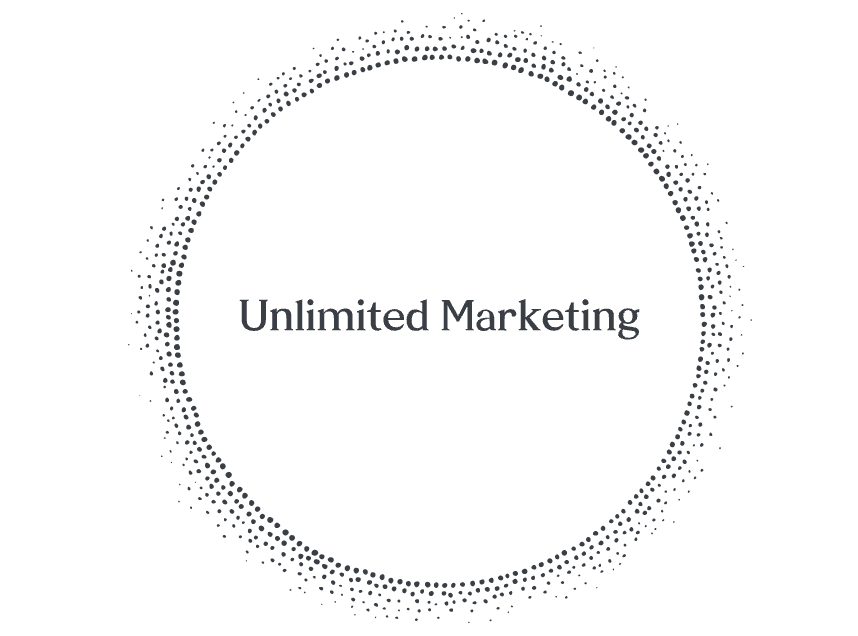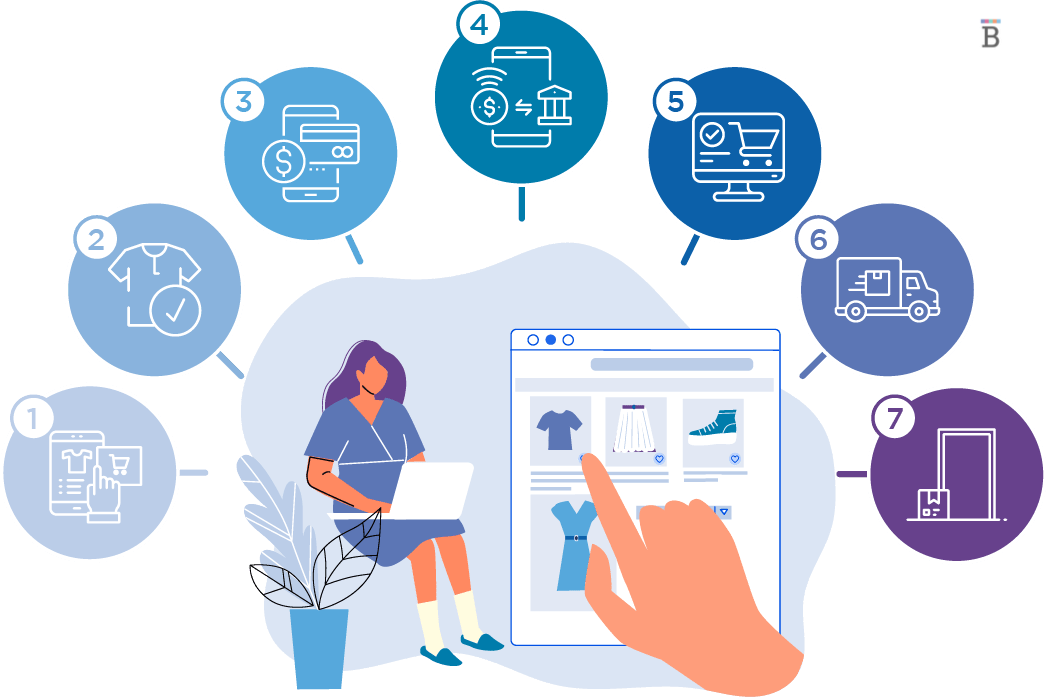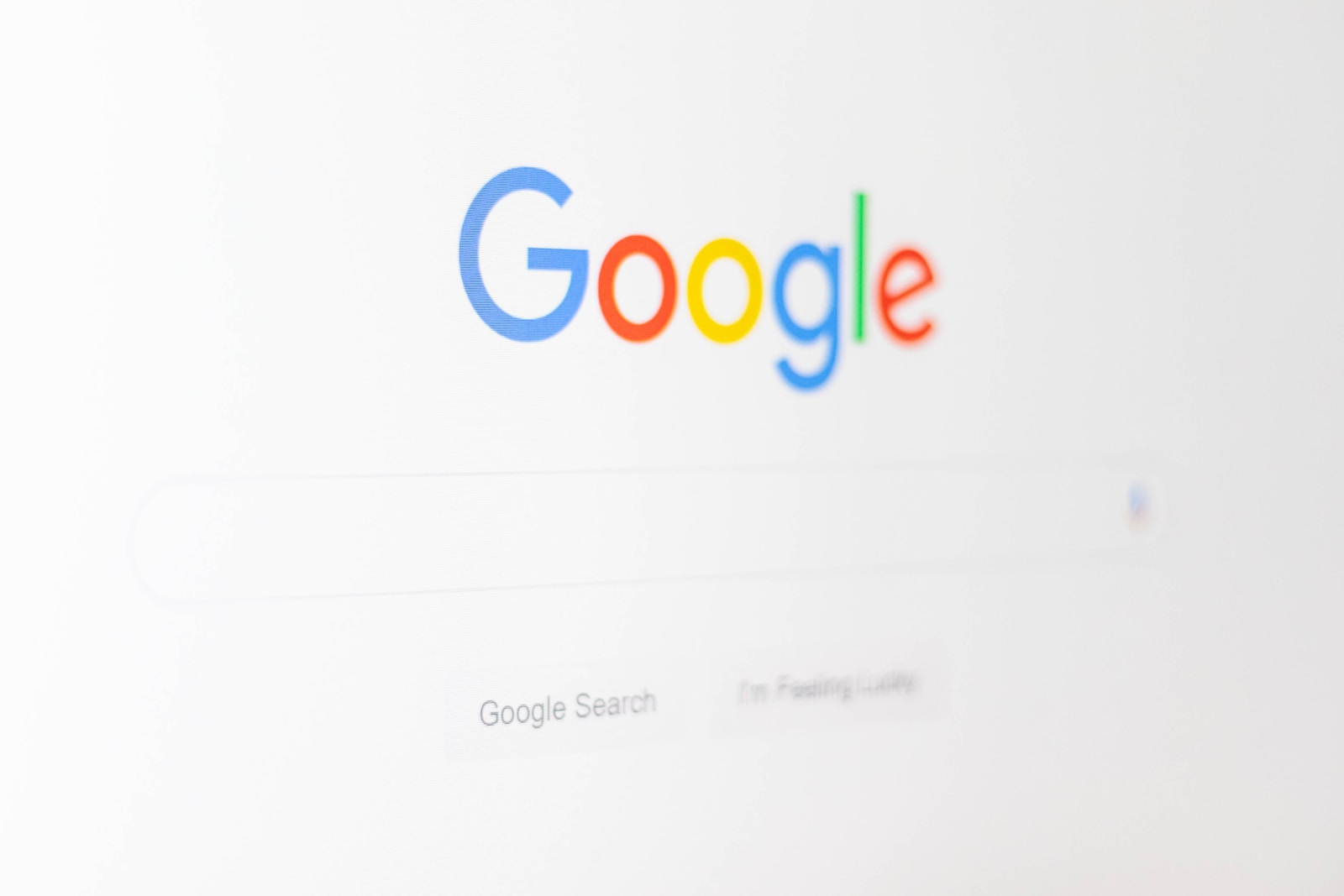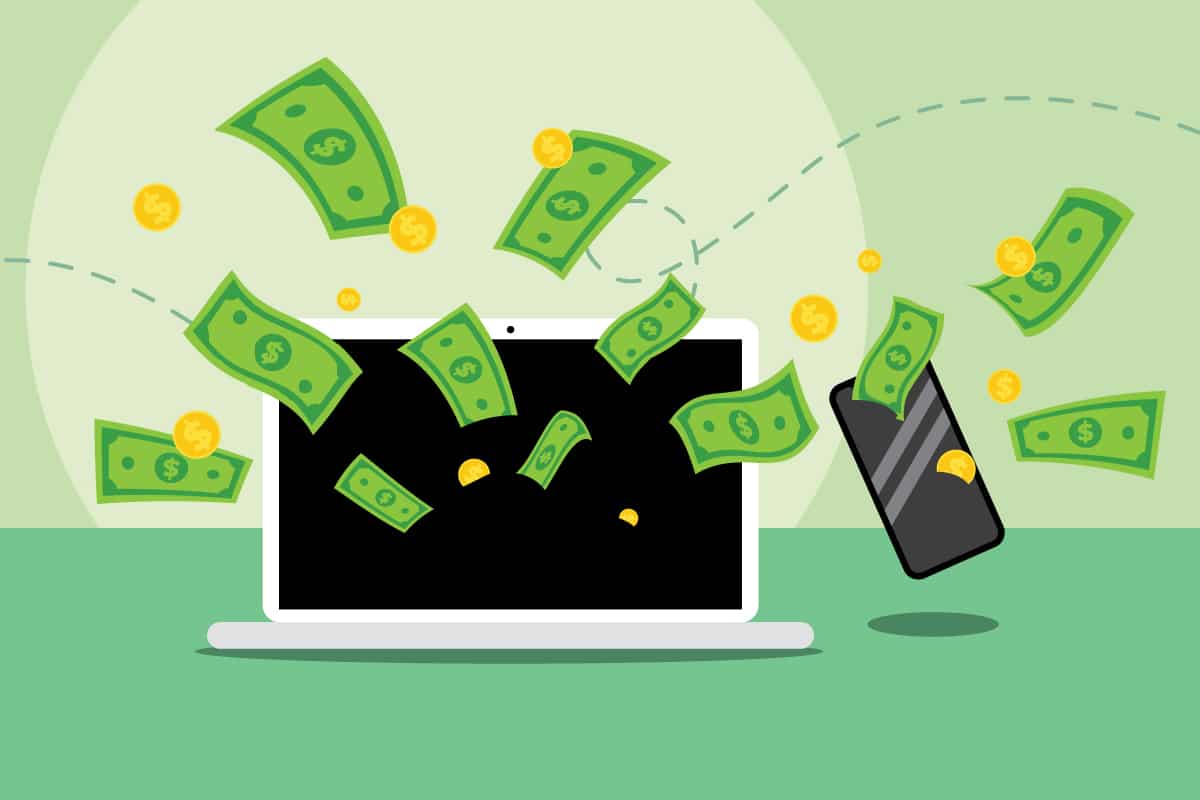In the digital age, our online lives involve sharing information about our food, friends, and more. But what does this information say about us, our relationships, and the future of communication? This article explores the importance of informational content and its role in shaping our identities. It also considers the implications of this trend for marketing communication.
What Is Informational Content?
Informational content is used to educate readers or viewers about a topic. It can be in the form of text, images, or videos, and is often found on websites or in articles. It aims to provide information and may include instructions or teach about new subjects.
Understanding the Purpose of Informational Content
In order to make the most of the informational content on your website, you need to understand its purpose. That means taking a step back and looking at the big picture—the goal of your website as a whole and how the informational content ties into that.
There’s no one-size-fits-all answer to this question, as the purpose of informational content will vary depending on the website and its target audience. However, there are a few general things to keep in mind:
- In some cases, the purpose of informational content is to provide key details about your products or services. This information can help potential customers make a decision about whether or not to buy from you.
- In other cases, the purpose of informational content might be to educate your target audience about a particular topic or issue. This type of content can help you build trust with your audience and establish yourself as an expert in your field.
Whatever the purpose of your informational content may be, it’s important to make sure that it’s aligned with the overall goal of your website.
The Power of Data and Visualizations
Data is crucial for website success. At Unlimited Marketing, we prioritize data and visualizations to make informed decisions. It reveals website performance, visitor origins, and interests.
But it’s not just about the numbers. Data also helps you see your website in a new light. With the right data and visualizations, you can uncover trends and insights that you never would have thought possible. So don’t be afraid to dig into your data—it just might surprise you what you find.
Exploring Emotional Impact in Informational Content
Have you ever felt moved by an article, an online video, or a podcast? This is a common feeling when engaging with informational content—but why? By uncovering the meaning, context and emotions behind this content, we can gain a better understanding of its impact.
When looking at informational content, it’s important to ask yourself: Does this piece make me feel something? Is there an underlying story in the words being conveyed? Every piece of content has its own rhythm that moves the reader through different levels of emotion–from amusement to anger.
To understand the emotions in content, analyze individual words and their associations. If a blog post mentions sustainable fashion with words like “eco-friendly” or “compassionate,” it can evoke hope, inspiration, and empowerment. By delving into content’s emotional context, you can recognize your feelings and reasons behind them.
Strategies for Effective Information Dissemination
To effectively disseminate content, the strategist must consider the target audience. Questions like “What content will resonate?” and “How can I make it stand out?” are important.
Consider how your content will be consumed: blog post, video, infographic, or another format. Each has unique strengths and weaknesses, so choose wisely for effective message delivery.
To track your efforts effectively, develop a system to measure engagement. This helps identify the most effective content and resonates with the audience. Use this information to ensure your informational efforts are fruitful.
What are the Ethical Considerations of Informational Content?


Ethical Considerations of Online Information
Ethics matter for online content creators as they must ensure their work is used respectfully and values others’ worth. For example, a writer of a romance novel article should not only produce quality content but also ensure it is used appropriately.
Informational content can have an impact on its audience and society at large. And these impacts may not always be positive ones. The ethical considerations involved with informational writing include the following:
- How will this information be used? If you create an article about how to avoid being hit on by pickup truck drivers, for instance, should you expect people who read your work will use this advice responsibly or irresponsibly? Do you want them using it as a reference when they start dating again or just talking about random topics with friends at parties? Or do we need more education around consent in relationships? So people know what constitutes sexual harassment/assault before starting up conversations with strangers online (or anywhere else)?
- Who might benefit from reading this piece instead of other forms of media? When creating informational pieces like those mentioned above (#3). Creators should consider whether there are other ways they could share their ideas without putting themselves out there publicly. For example through social media platforms such as Facebook. Where users share links without necessarily knowing whom they’re sharing them with first!
General Principles
While the ethical considerations of informational content are not as straightforward as those for other types of content, there are some general principles that apply. These include:
- Informational content should be accurate and relevant. Information that’s inaccurate or outdated can be misleading or even harmful to readers’ health and safety. For example, if you were writing about a disease like cancer. It would not be appropriate for your article to say something like “Cancer is caused by bad habits”. This statement would certainly cause confusion among readers who might have been diagnosed with cancer at some point in their lives because they did not smoke cigarettes on a regular basis during the time they were diagnosed with the disease. However, this information could also lead people who don’t have any history of smoking tobacco products mistakenly believe that smoking causes cancer (when in fact it doesn’t).
- Ethical considerations also apply when selecting which sources will provide valuable information about a particular topic. For example: scientific research journals vs textbooks vs magazines vs newspapers. And how much weight should be given each source when making decisions about what information is included in an article/book/etc..
Intellectual Property Rights
Intellectual property rights are legal rights over creations of the mind. They are often associated with works such as books, music and art. It includes, both tangible objects (such as a painting or screenplay) and intangible assets (such as an idea).
Intellectual property is safeguarded by patents, trademarks, and copyright laws. Creators should ponder on how they desire their invention or creative work to be utilized to avoid infringement and secure their rights.
Crediting People When Appropriate
When it comes to credit, there are a few things you should keep in mind:
- Crediting people for their work is important. If you’ve read something and enjoyed it, be sure to give credit where it’s due! If a piece of information was created by someone else, make sure that person gets the credit they deserve.
- Crediting ideas from others can also help reinforce the value of your own work. Some writers may have come up with similar concepts; if so, mention them by name in your article or presentation so that readers know where you got your inspiration from (and vice versa). This also helps establish good communication between colleagues who might otherwise not know each other as well as they could if everyone was contributing equally.
- Avoid giving too much praise or criticism too quickly; some people find this threatening because it makes them feel like they aren’t good enough yet.”
Staying Current and Up to Date
As an ethical practitioner, it is important to stay current on the latest research and developments in your field. Informing yourself about the issues that are being discussed can help ensure that you remain an effective contributor to the conversation.
It’s also helpful if you know how current information is collected and disseminated (for example: through social media platforms). This knowledge allows you to better understand what kind of data sources might be useful for informing yourself about certain topics or issues relevant within your field of work.
Content creators must consider how their work impacts the people who read it.
- Be aware of the impact that your work has on people.
- How can you be aware of the impact your work has on people?
- What are some ethical implications of unethical information practices?
- How should you stay current and up to date in order to apply for jobs or grants?
- Is there an ethical way to credit others when appropriate, like co-authors or collaborators on publications or projects, even if they didn’t write all the content themselves (e.g., photographs)?
Consequences of Unethical Information Practices
An unethical practice can have a number of consequences, including:
- Loss of credibility. If you engage in unethical practices, your clients will lose trust in you and may choose to go elsewhere. This could result in lost business for your company, which can be devastating financially as well as professionally. In addition, if the public becomes aware of what has been done by your company or organization, there may be negative consequences such as boycotts and other types of public pressure on those who have previously been associated with this type of behavior.
- Legal action against individuals and companies (if applicable). Individuals who engage in unethical information practices may face legal action from various parties including law enforcement agencies; private citizens who are injured due to their actions; governments/public institutions tasked with enforcing regulations regarding unethical practices; shareholders/investors holding shares at risk because they invested based on false marketing claims made by organizations using non-disclosure agreements (NDAs) rather than disclosing important details about their products prior to release date.
Informative Vs Informational
The main difference between ‘informative’ and ‘informational’ is the addition of the ‘al’ in ‘informational’ (which means ‘relating to or denoting information’). “Informative” means ‘giving information’ or ‘containing information’ and can be used as an adjective or a noun. For example: Infographic (noun) is an image that contains visual information to present complex data or information in a simple format. Infographic (adjective) is a tool used to present information or data in a visual way.
“Informational” is usually used as an adjective and generally refers to ‘providing information’ or ‘containing information’. For example: an informational speech is one that gives the audience information.
Conclusion
When it comes to informational content, it’s important to remember that there’s more to it than meets the eye. It’s not just about the words on the page, but the meaning behind them. By taking the time to uncover the meaning of informational content, you can gain a deeper understanding of the topic at hand.





















Leave a Reply
View Comments